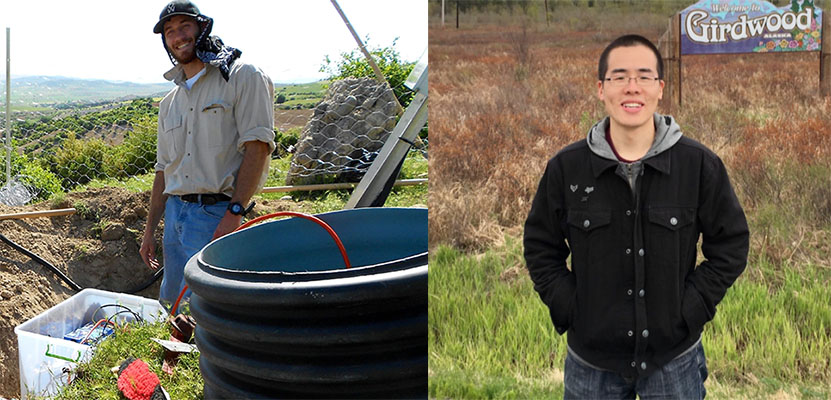Computational Seismology and Tectonics Integrating geophysical observations with geologic and tectonic processes
Welcome to Computational Seismology and Tectonics Lab in Purdue's Department of Earth Atmospheric, and Planetary Sciences! They are a team driven by the coordinated work of Dr. Xiaotao Yang and Dr. Jonathan Delph, collaborating with the groups led by Dr. Doug Schmitt and Dr. Robert Nowack. With an innovative group of students, postdocs, and visiting scholars alongside state-of-the-art high-performance computing clusters, we conduct cutting-edge research to understand the tectonics of the Earth using seismological methods.
Dr. Xiaotao Yang
He uses seismological methods to solve geological/tectonic problems and to understand natural hazards. He is interested in a variety of research topics, including seismicity, structure and evolution of cratonic basins and uplifts, dynamics of subduction systems, and improvements in seismic data processing methods. He integrates results from geology, geophysics, geochemistry, and geodynamics to address tectonic questions.
Dr. Jonathan Delph
He is interested in using passive source seismic techniques to image the structure of the crust and upper mantle of the Earth. His research goals can be summarized by the question "How are tectonic events manifested in the character of the lithosphere?". He works on developing new approaches to obtain tomographic models that better image subsurface structure, primarily using receiver functions and surface wave dispersion data. He has applied these imaging techniques to a variety of locations to understand problems pertaining to the role of fluids in subduction zone processes, the structure of lithospheric-scale magmatic systems, processes related to the terminal stages of subduction in the Tethyan system, and the longevity and relative stability of cratonic crust.
